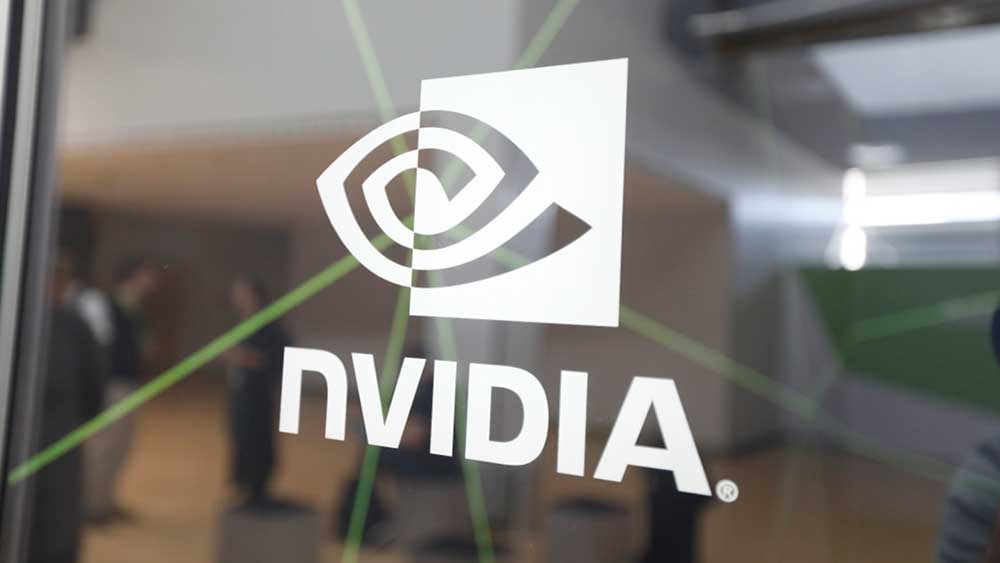Nvidia’s Stock Faces Potential Correction Amid Valuation Concerns
22.10.2024 13:30 1 min. read Kosta Gushterov
Nvidia has been a top performer in 2024, but analysts are warning of potential challenges ahead.
Following a staggering $279 billion loss in market capitalization on September 4, many expect a correction after the stock peaked at $140.
Technical analyst Alan Santana highlighted a double-top pattern on Nvidia’s year-to-date chart, suggesting a bearish reversal. The peaks occurred on June 20 at $139.80 and October 17 at $140, separated by a dip to $92.23. He noted that both peaks closed lower, accompanied by a bearish engulfing candle and declining trading volume, signaling a possible downturn. He advises investors to take profits and consider re-entering near support levels if a correction occurs.
Despite these bearish signals, Nvidia’s valuation is driven by strong demand in AI and data centers. The stock currently trades at $137.28, reflecting a 185% year-to-date return.
While some analysts caution about overvaluation—given Nvidia’s market worth at 11.7% of U.S. GDP—Wall Street remains bullish. Firms like Citi and Morgan Stanley have raised their price targets to $150, with Cantor Fitzgerald aiming for $175. BofA Securities’ Vivek Arya increased his target from $165 to $190.
As Nvidia’s earnings call on November 19 approaches, investors will gain further insight into the stock’s fundamentals amidst market speculation.
-
1
Binance Could Introduce Golden Visa Option for BNB Investors Inspired by TON
07.07.2025 8:00 1 min. read -
2
Weekly Recap: Key Shifts and Milestones Across the Crypto Ecosystem
06.07.2025 17:00 4 min. read -
3
Trump Imposes 50% Tariff on Brazil: Political Tensions and Censorship at the Center
10.07.2025 7:00 2 min. read -
4
Key Crypto Events to Watch in the Next Months
20.07.2025 22:00 2 min. read -
5
USA Imposes Tariffs on Multiple Countries: How the Crypto Market Could React
08.07.2025 8:30 2 min. read
Robert Kiyosaki Warns: ETFs Aren’t The Real Thing
Renowned author and financial educator Robert Kiyosaki has issued a word of caution to everyday investors relying too heavily on exchange-traded funds (ETFs).
Bitwise CIO: The Four-Year Crypto Cycle is Breaking Down
The classic four-year crypto market cycle—long driven by Bitcoin halvings and boom-bust investor behavior—is losing relevance, according to Bitwise CIO Matt Hougan.
Strategy to Raise Another $2.47 Billion for Bitcoin Acquisition
Strategy the company formerly known as MicroStrategy, has announced the pricing of a new $2.47 billion capital raise through its initial public offering of Variable Rate Series A Perpetual Stretch Preferred Stock (STRC).
AI Becomes Gen Z’s Secret Weapon for Crypto Trading
A new report from MEXC reveals a striking generational shift in crypto trading behavior: Gen Z traders are rapidly embracing AI tools as core components of their strategy.
-
1
Binance Could Introduce Golden Visa Option for BNB Investors Inspired by TON
07.07.2025 8:00 1 min. read -
2
Weekly Recap: Key Shifts and Milestones Across the Crypto Ecosystem
06.07.2025 17:00 4 min. read -
3
Trump Imposes 50% Tariff on Brazil: Political Tensions and Censorship at the Center
10.07.2025 7:00 2 min. read -
4
Key Crypto Events to Watch in the Next Months
20.07.2025 22:00 2 min. read -
5
USA Imposes Tariffs on Multiple Countries: How the Crypto Market Could React
08.07.2025 8:30 2 min. read


